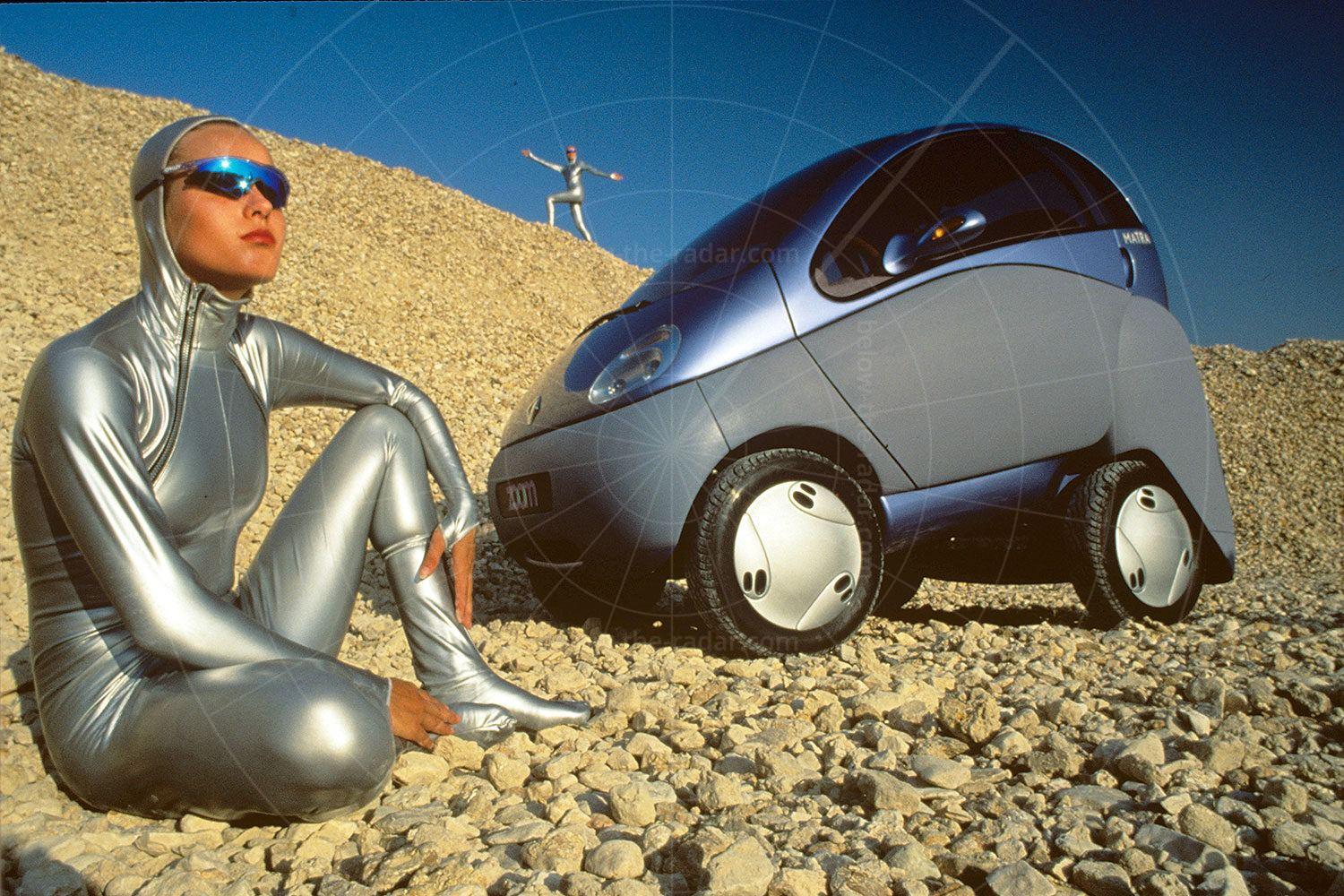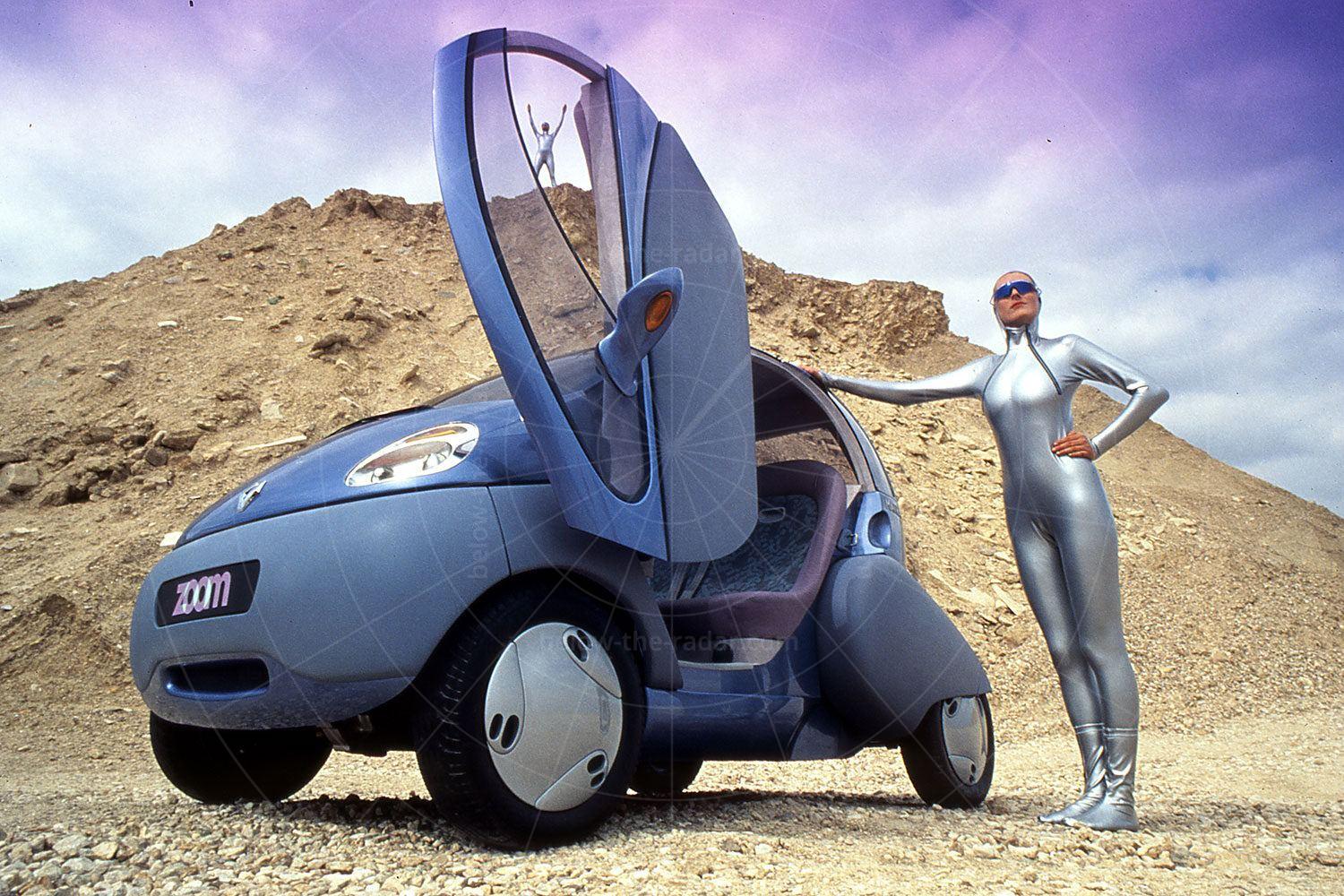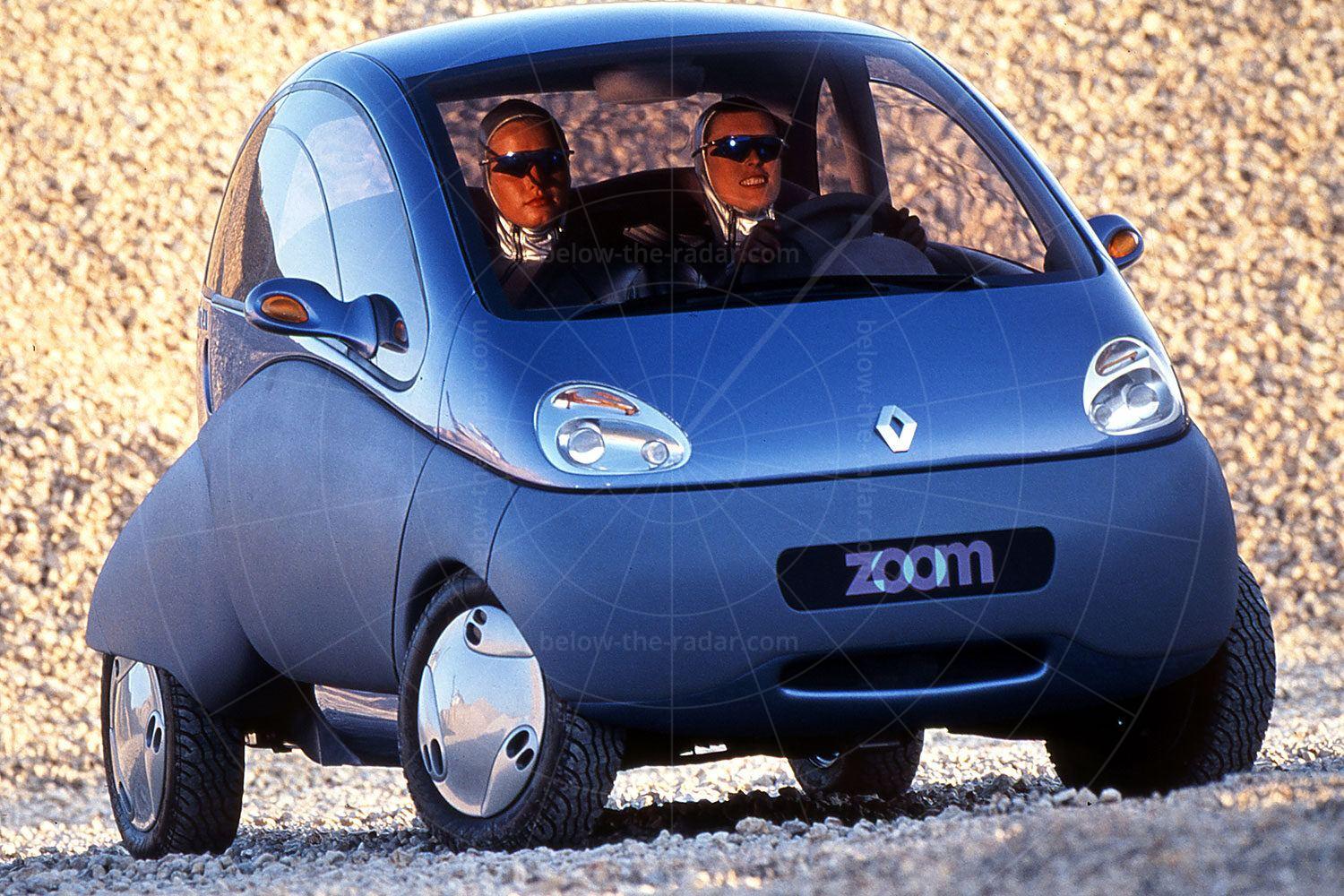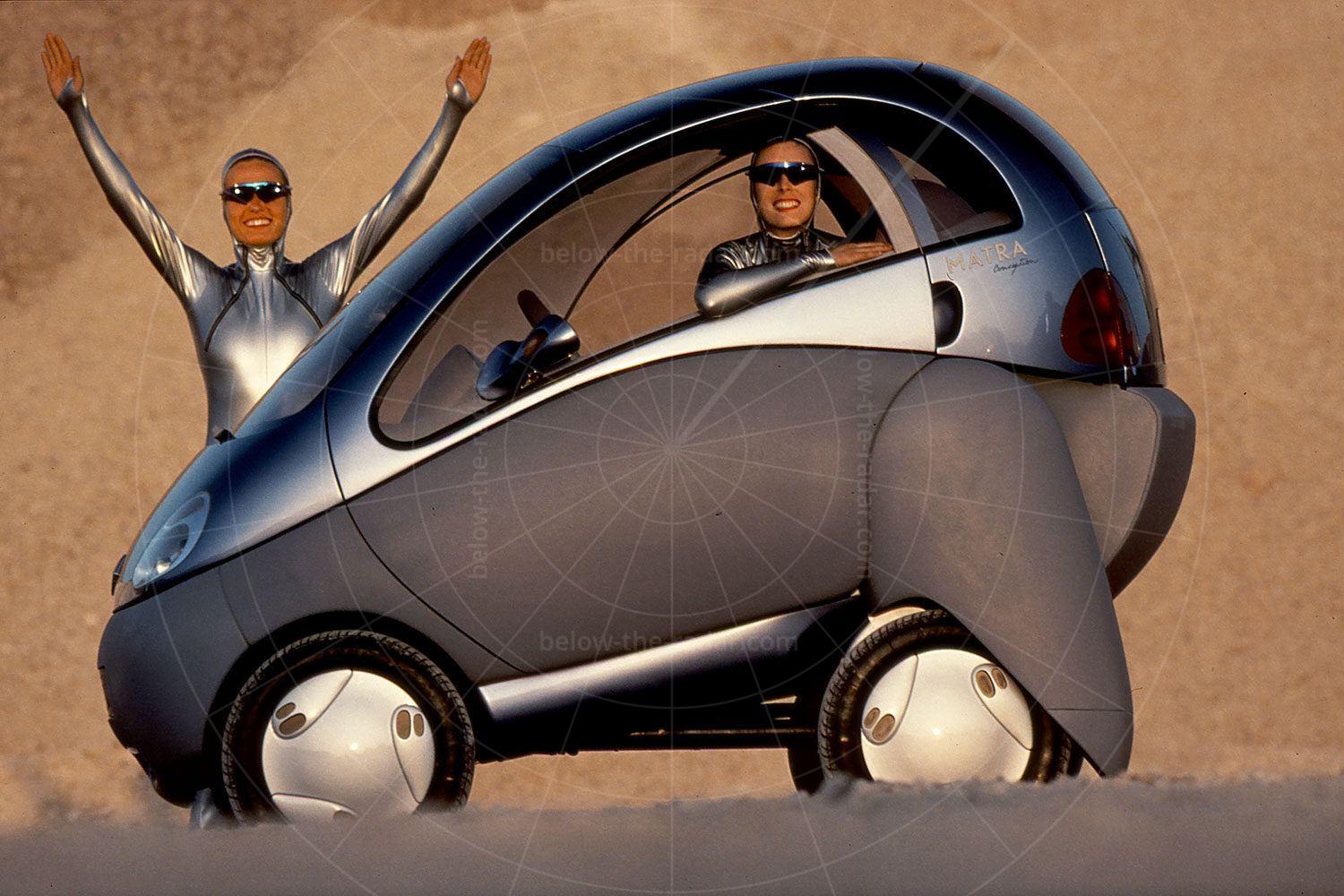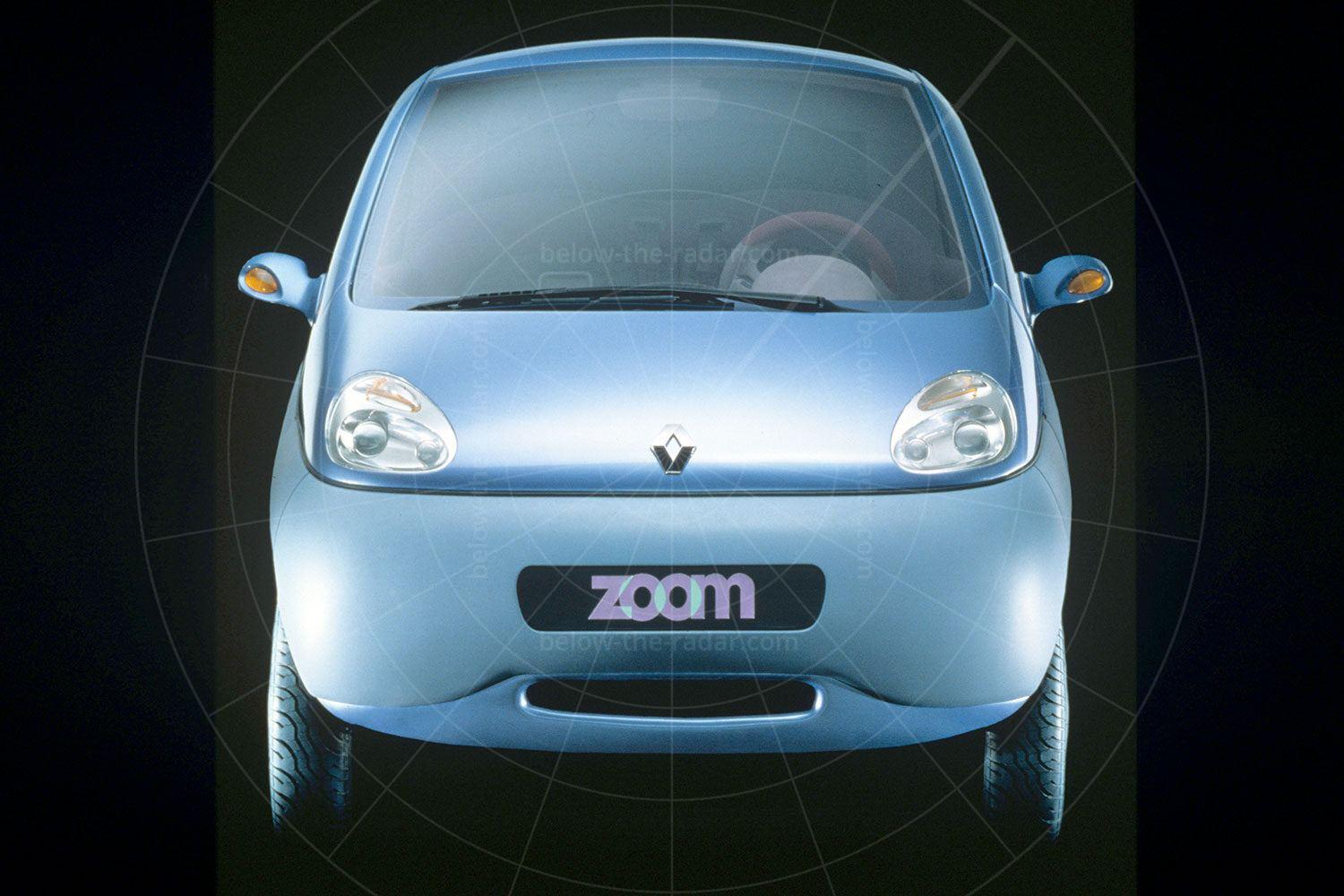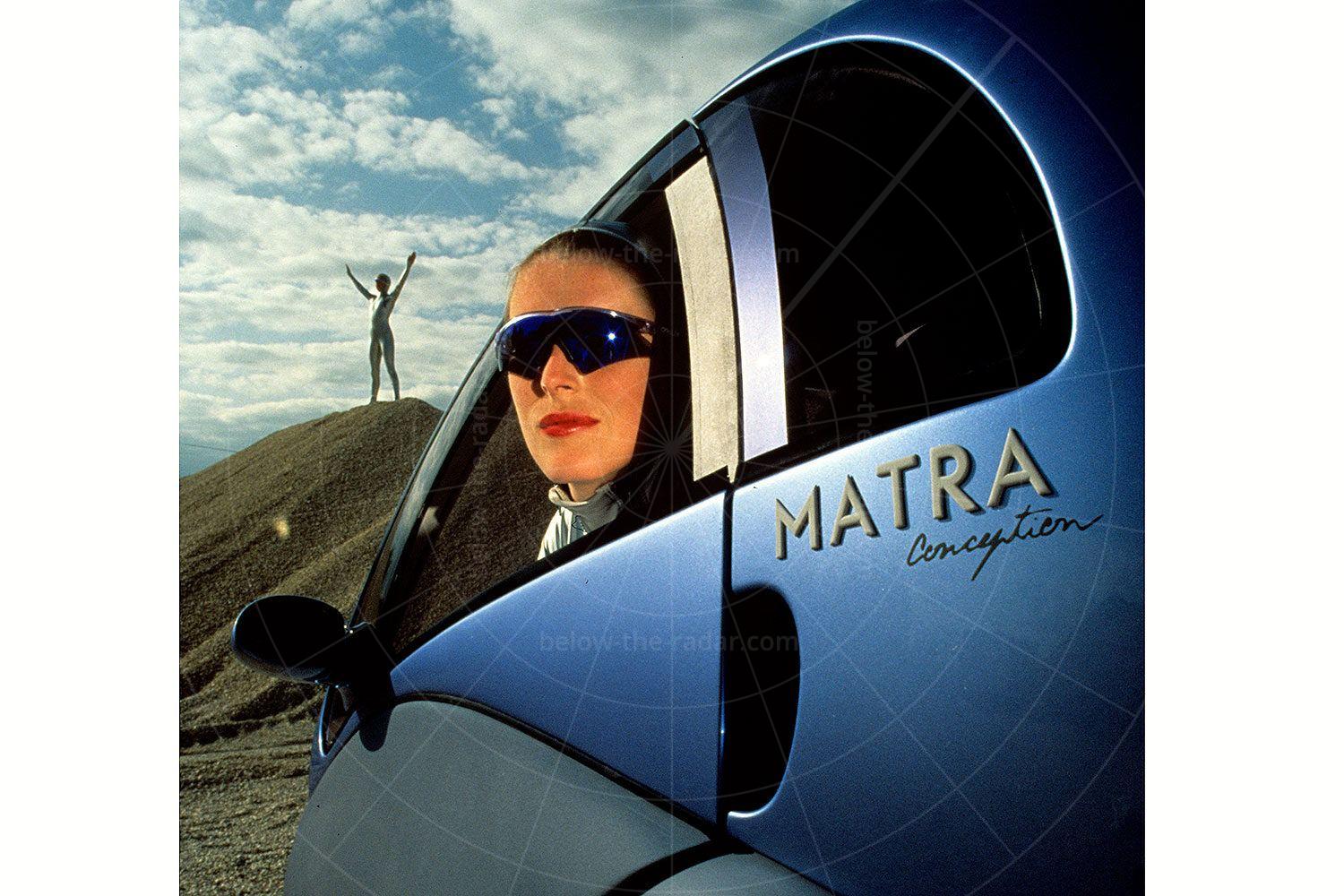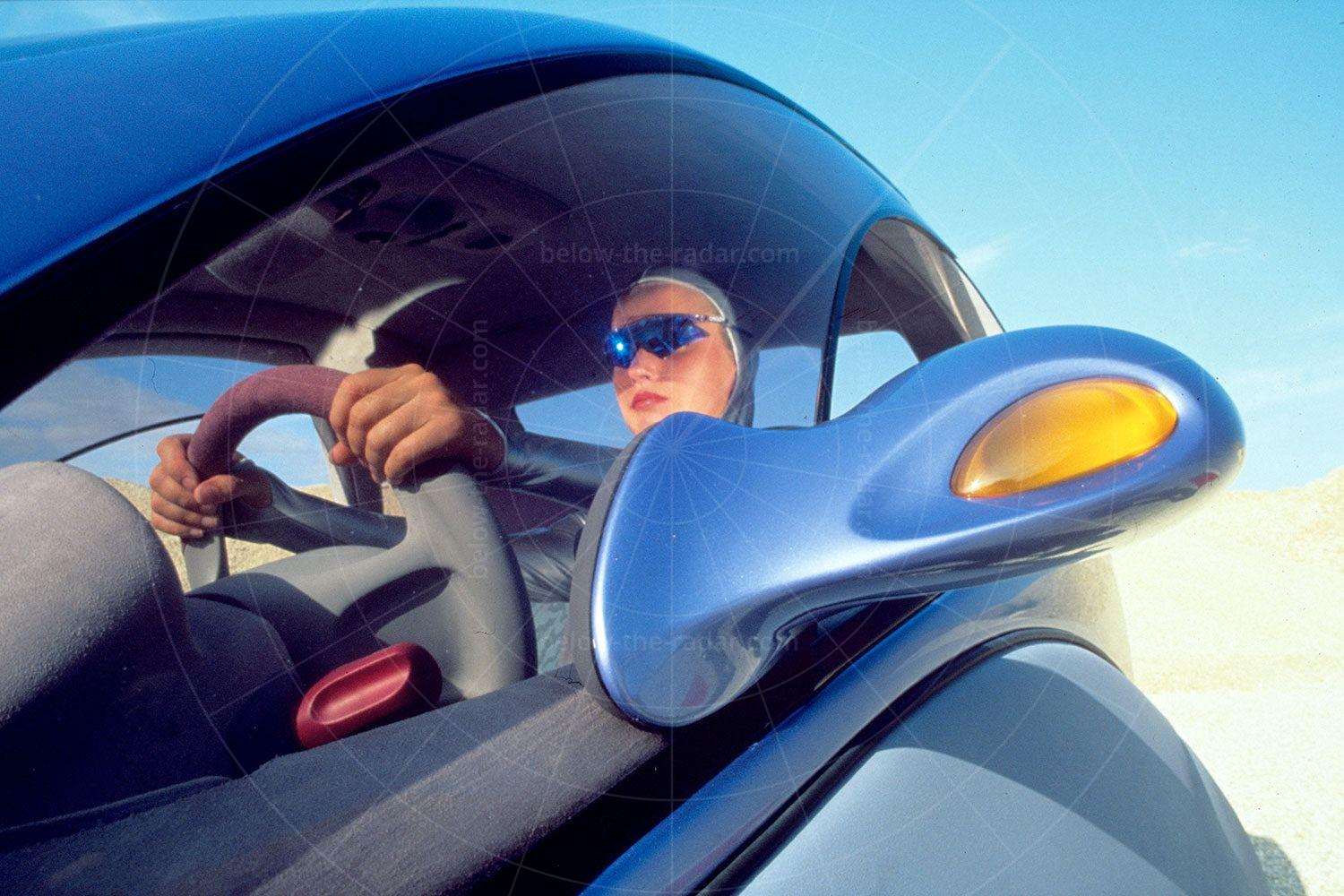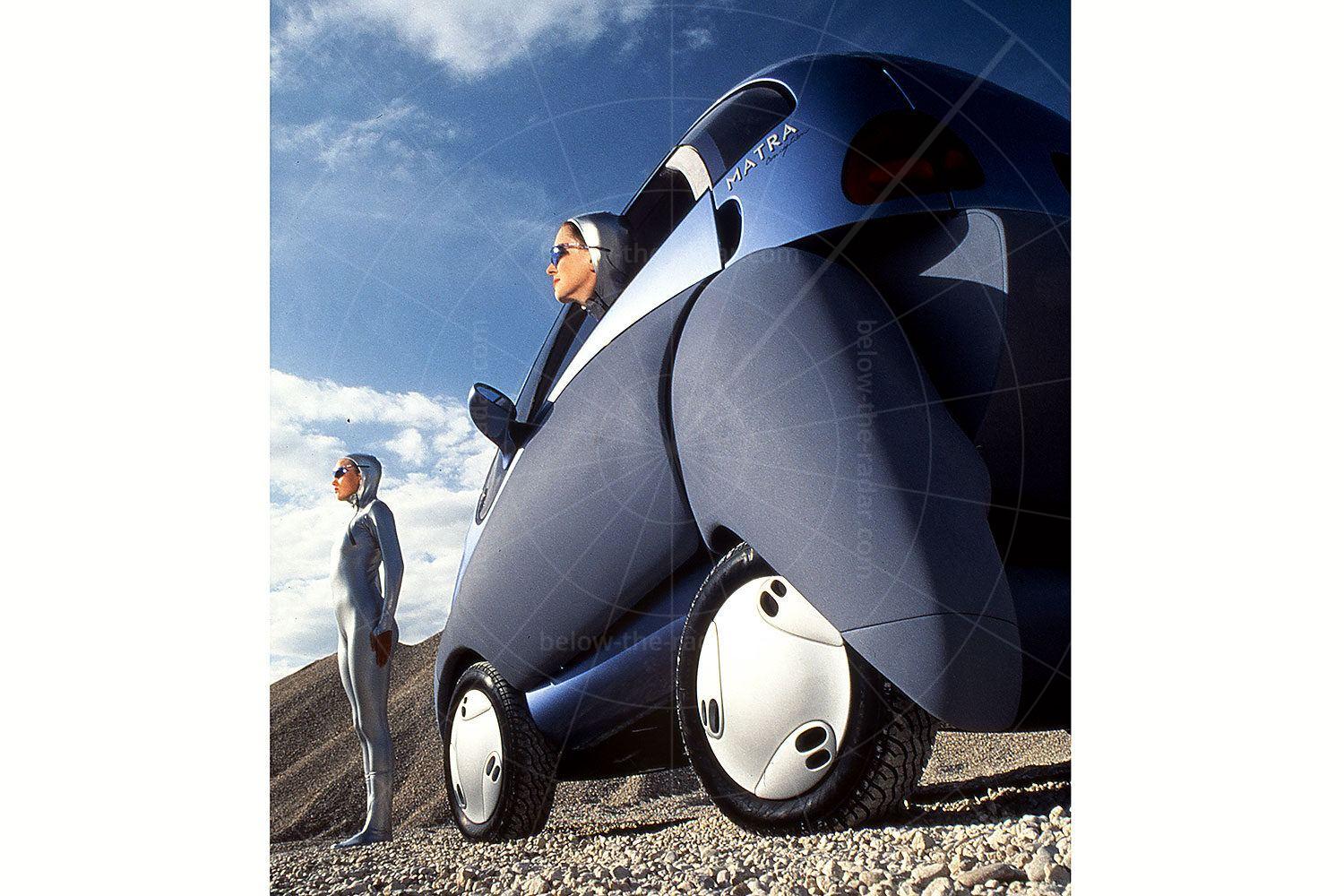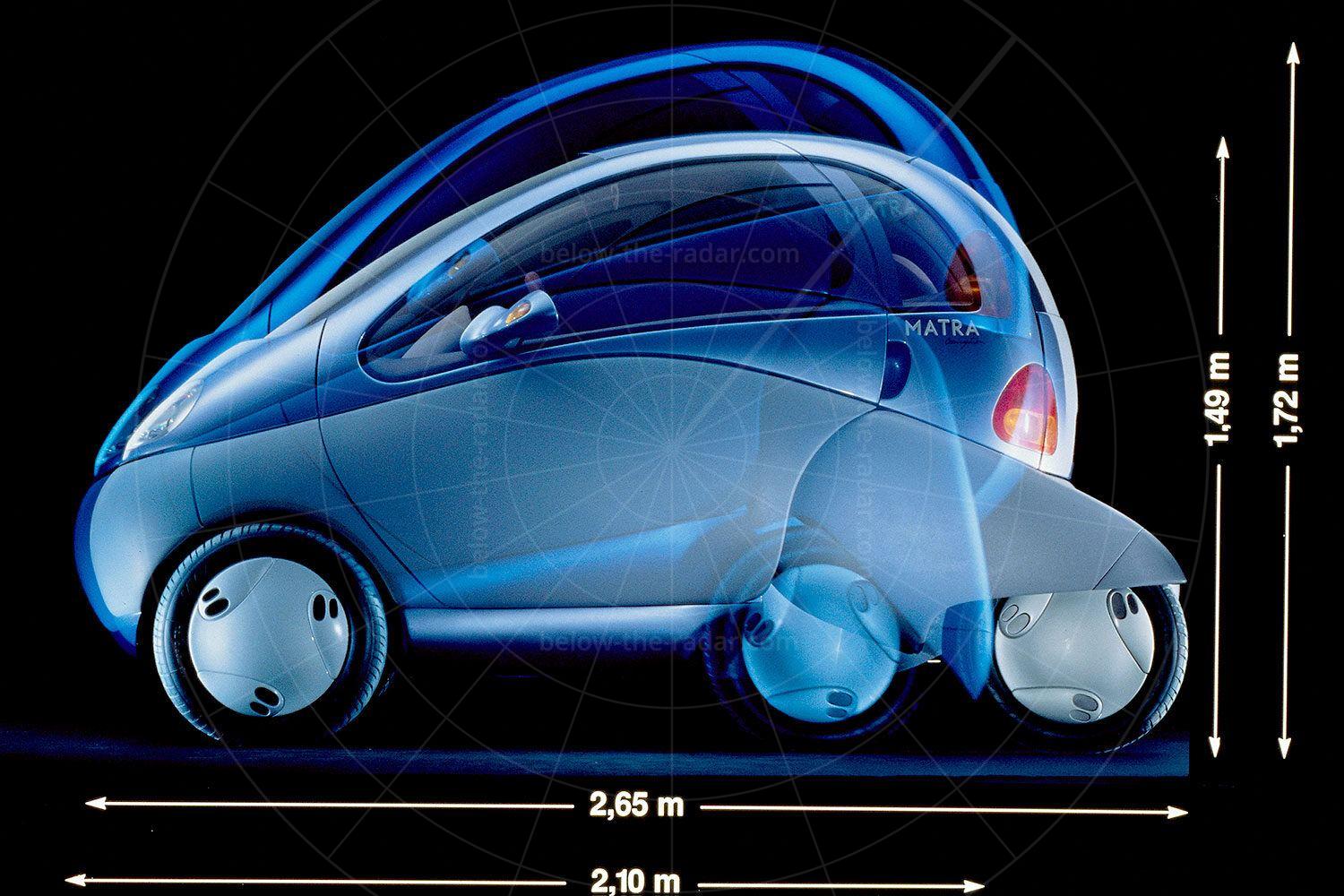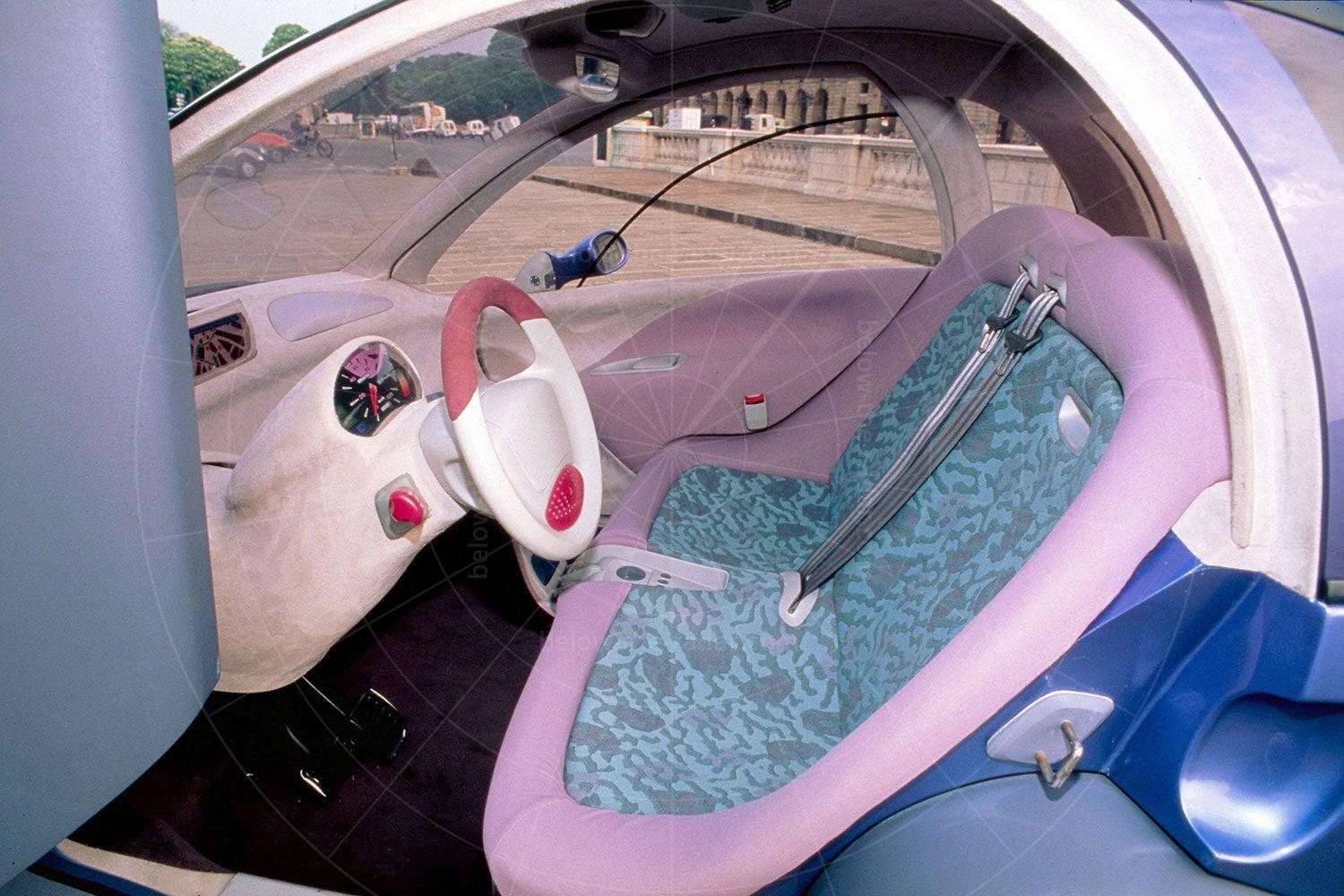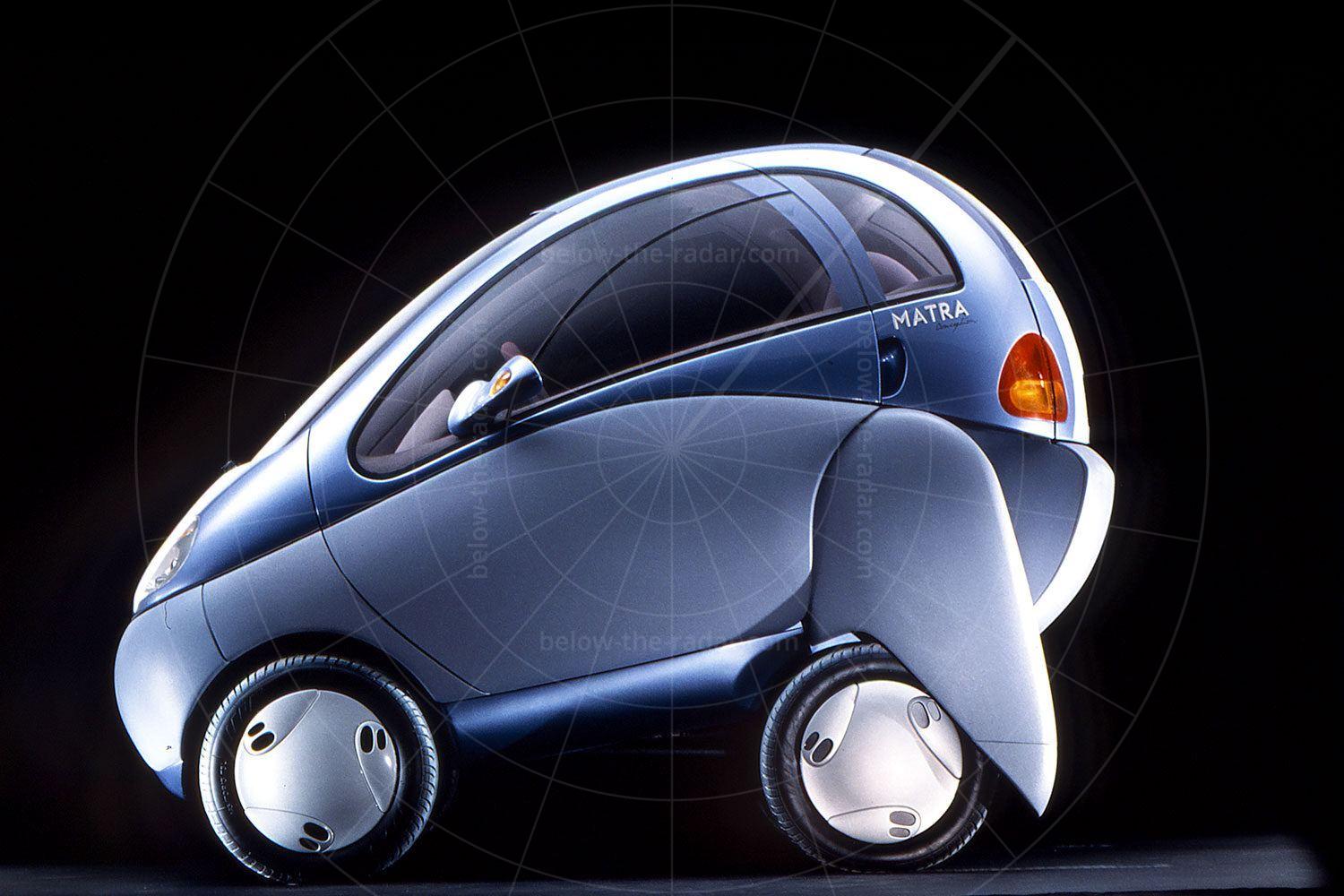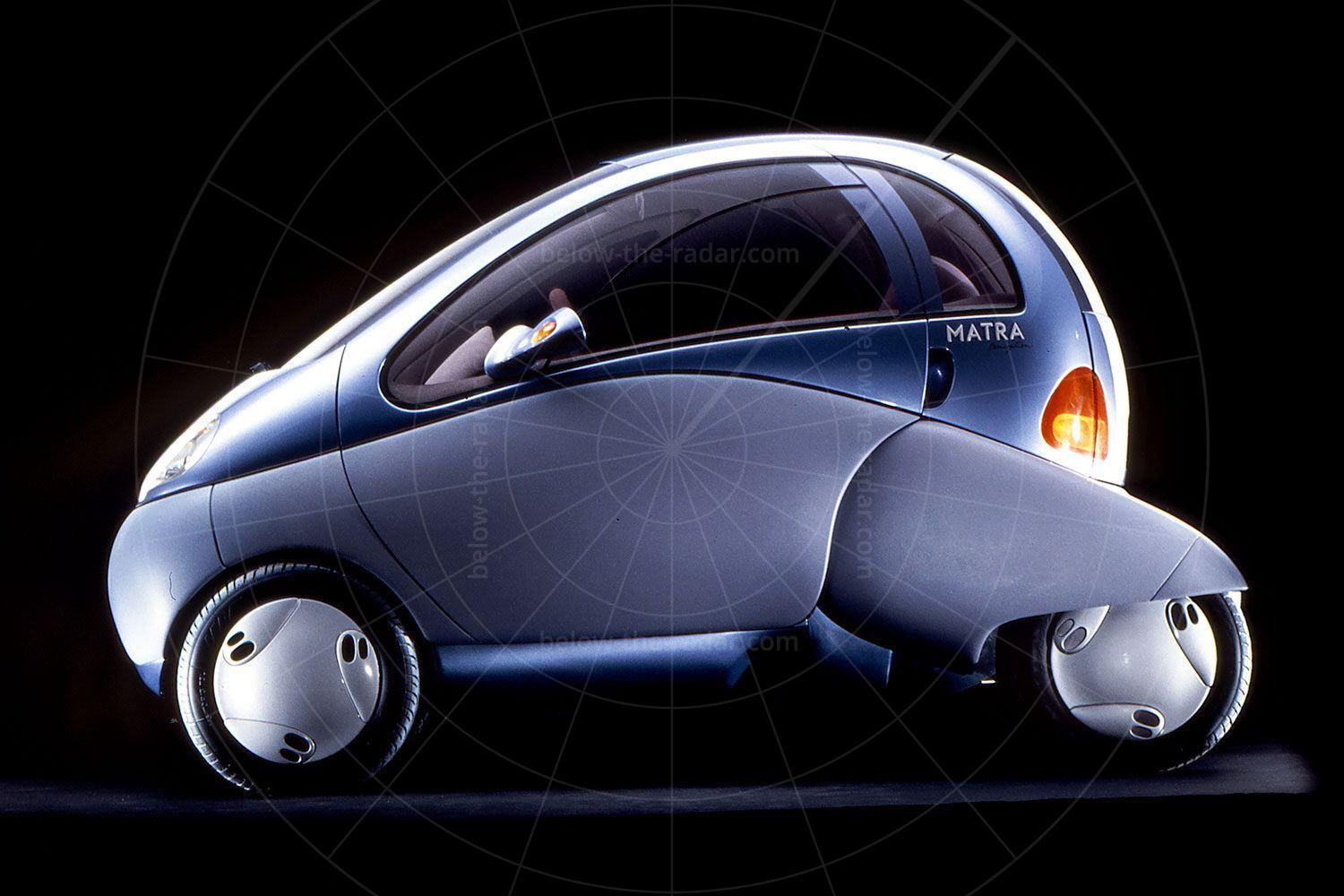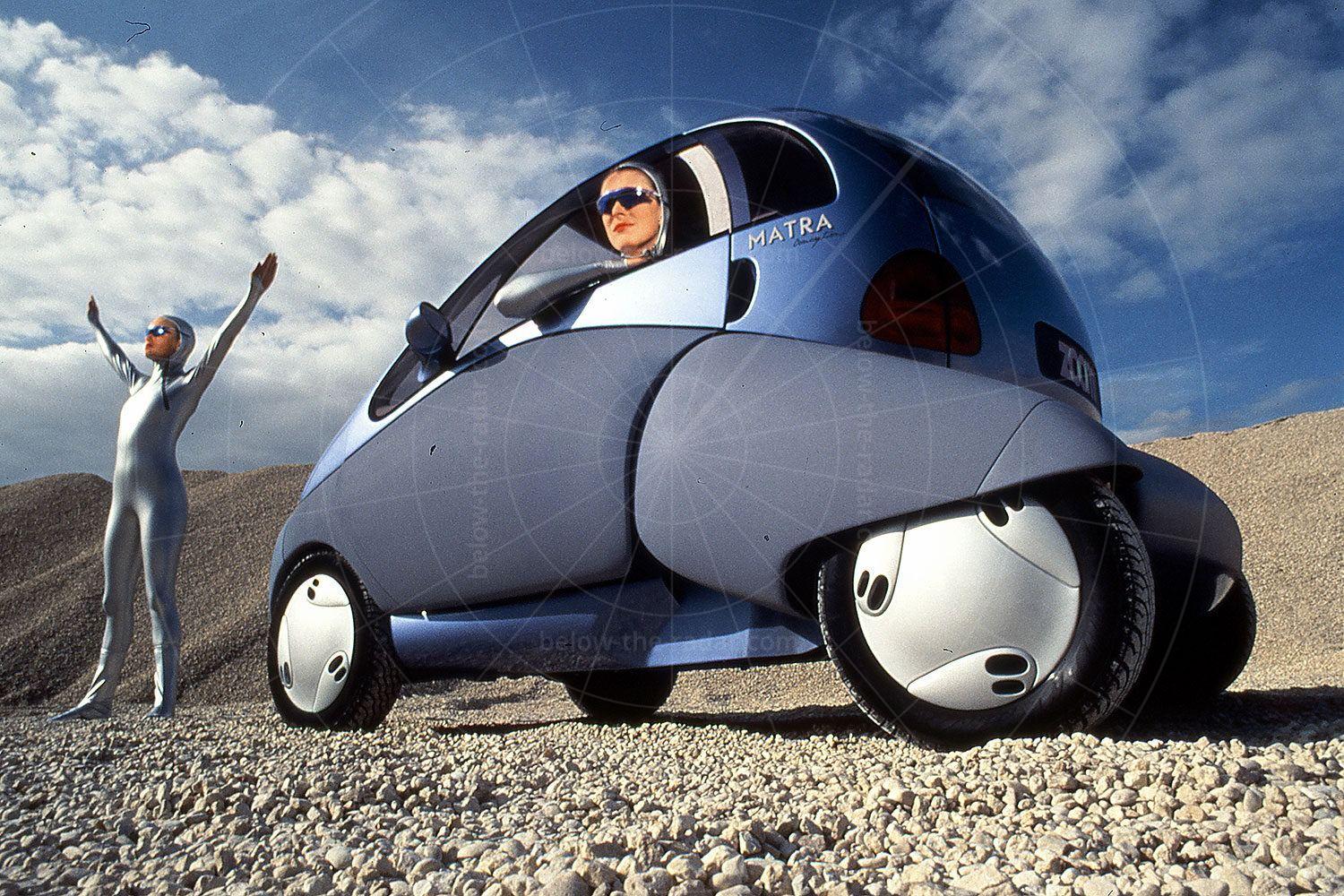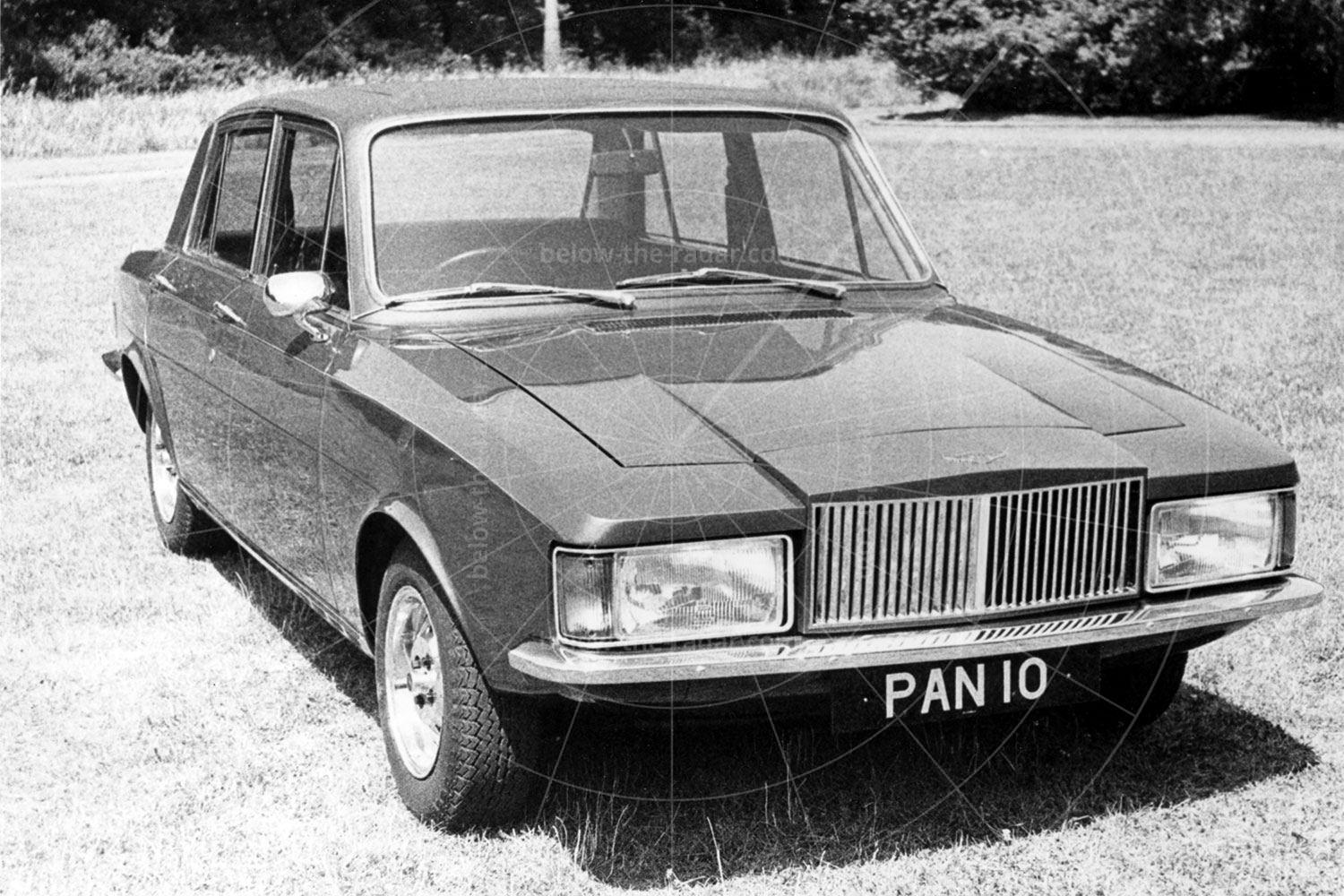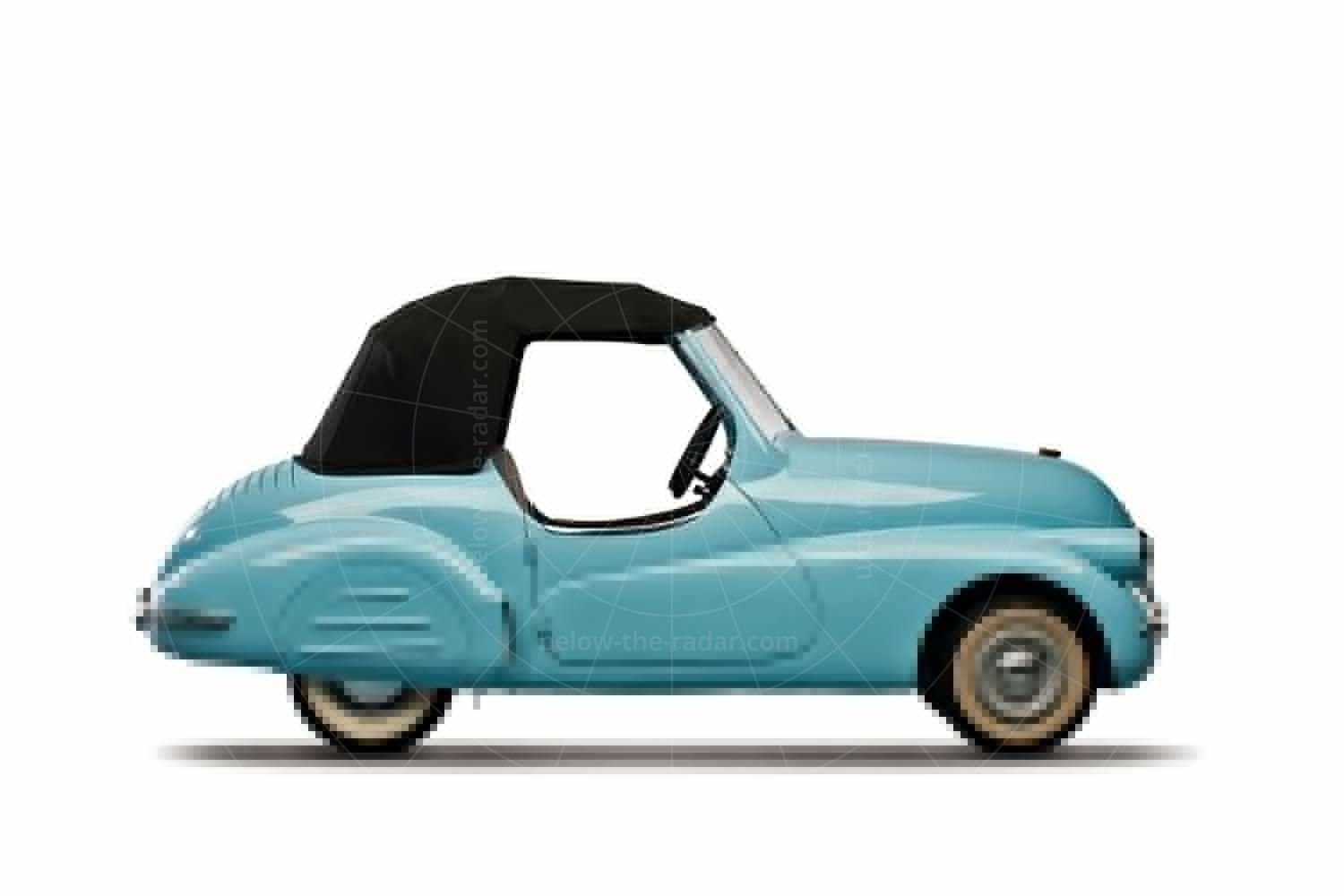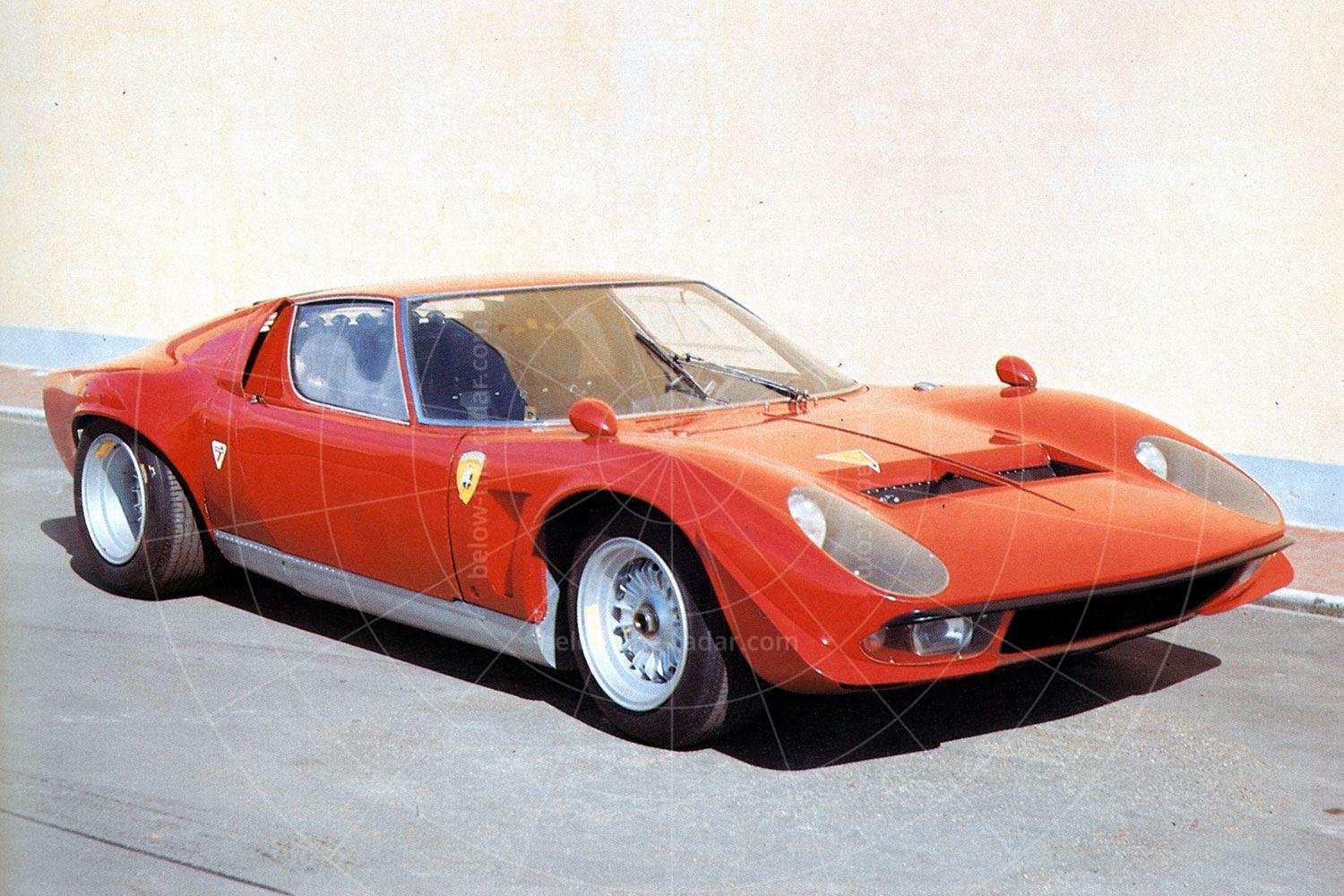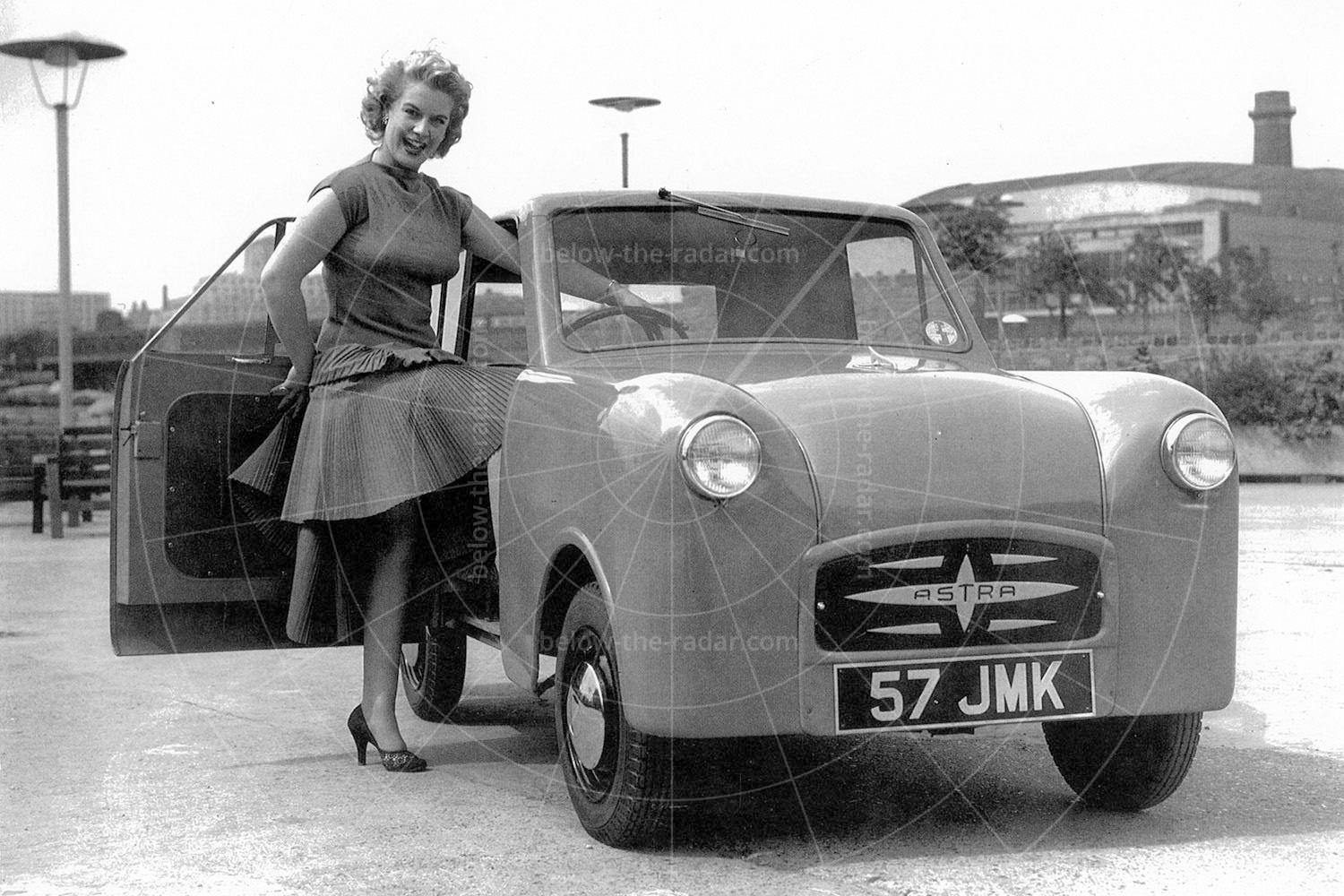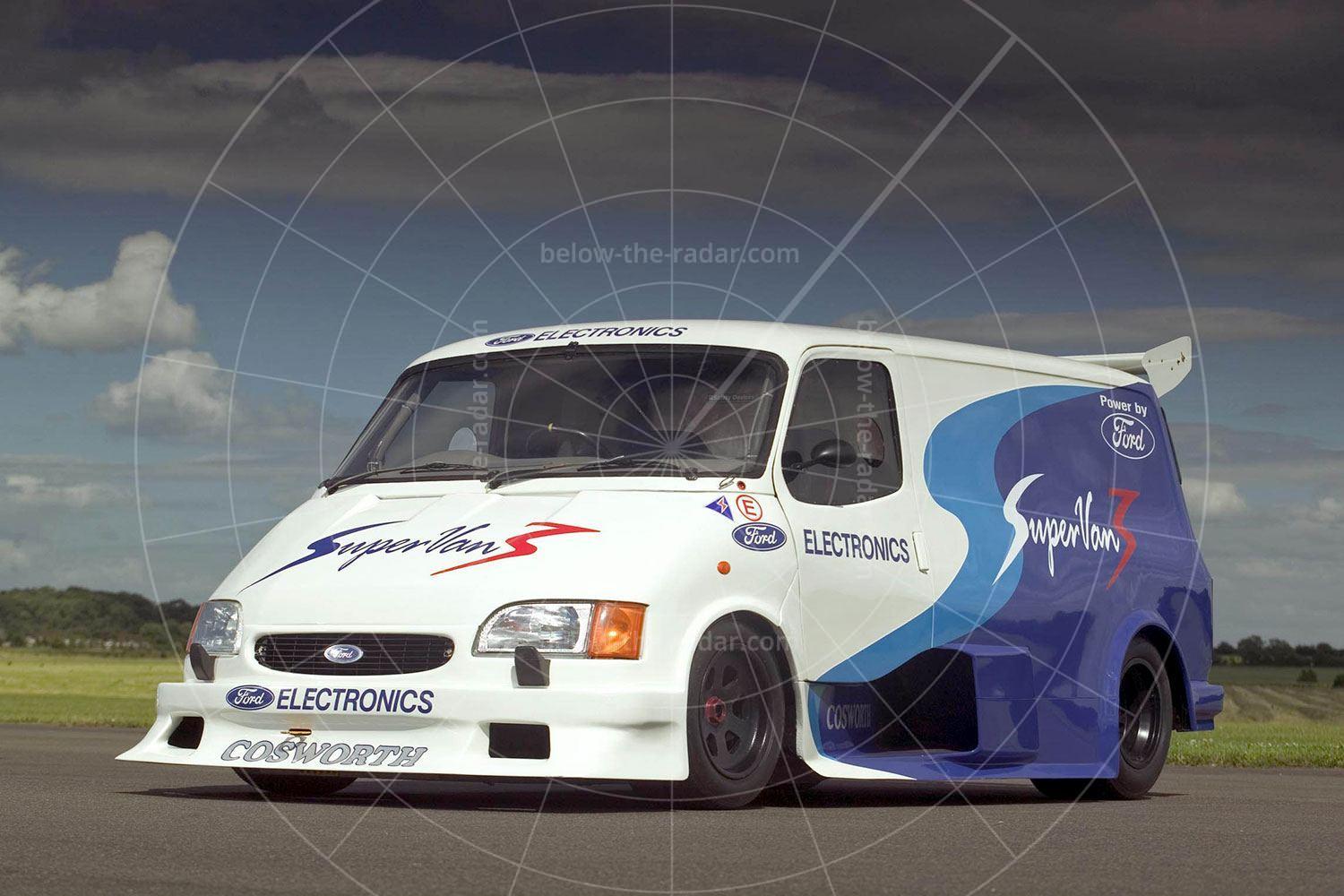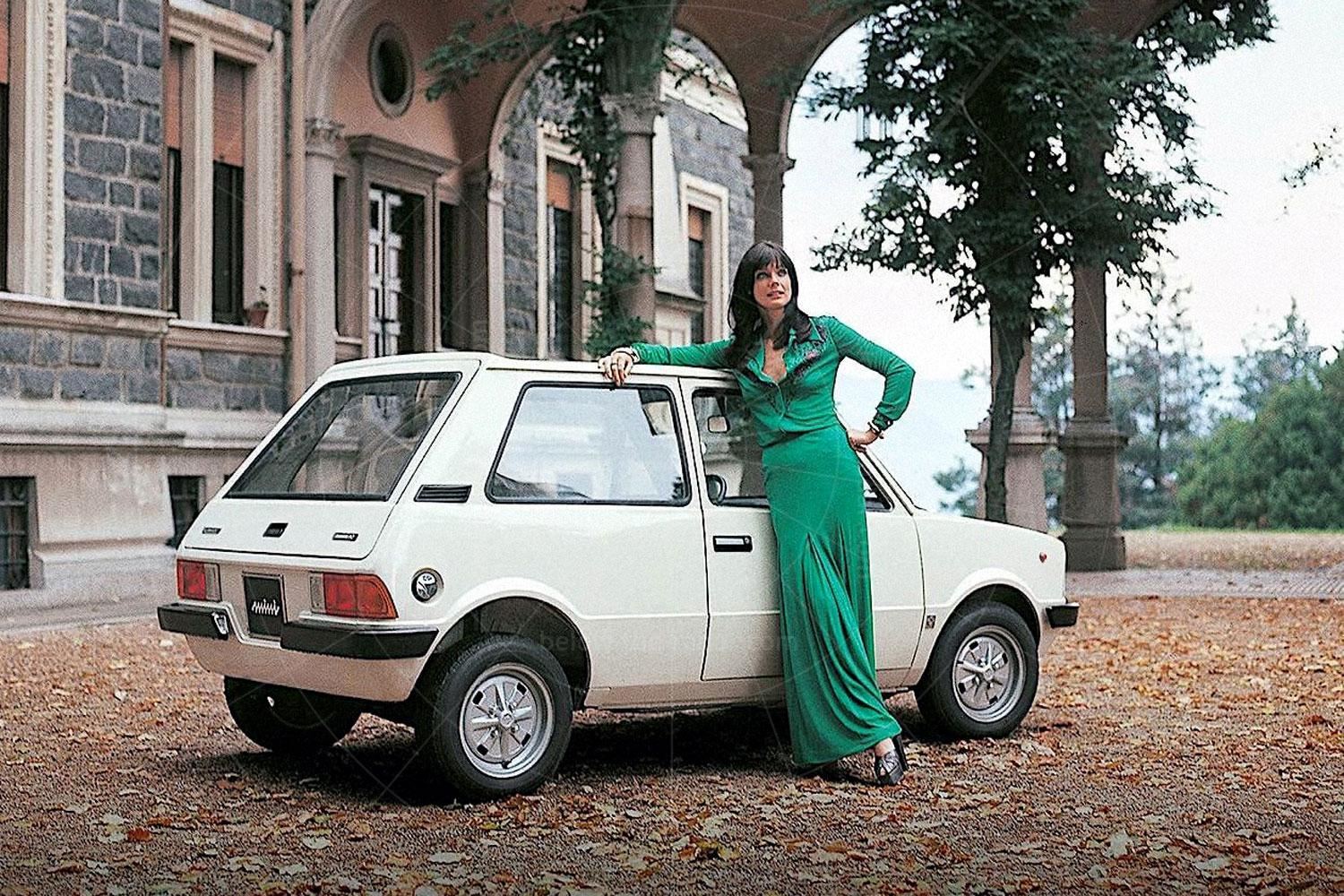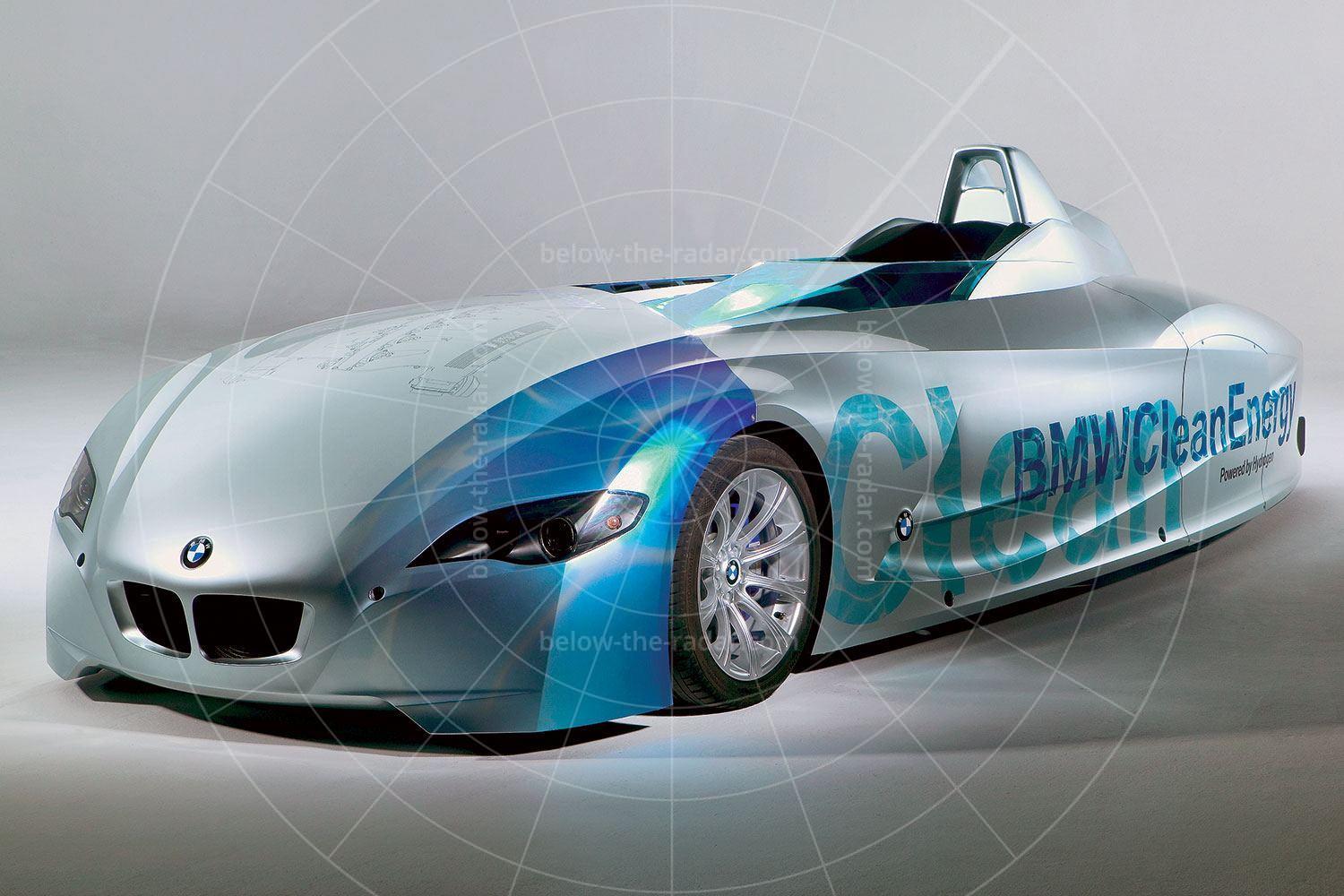Once in a while car makers come over all economically aware and release a concept that’s aimed at minimalist motoring – and the Renault Zoom is just the sort of thing that they come up with. Developed and built in conjunction with Matra, this microcar was perhaps one of the cleverest of the city cars released during the 1990s, because it could be shortened and lengthened at will, depending on the type of use it was going to get.
During normal use the Zoom was at its longest, with an extended wheelbase that made it more comfortable over badly surfaced or undulating roads. But when the Zoom needed to be parked the rear section could fold in on itself to reduce the car’s length and thus make it easier to park. Indeed it was so short in this state that it was possible to park at right angles to the kerb, with the Zoom barely any longer than most cars were wide.
It was even reckoned that three Zooms would fit into the space that just one Renault 19 hatchback would take up. And as if that wasn’t enough, the ingenious design of the doors meant that in even the tightest spaces the car could not only be parked, but the occupants could get in and out. Dubbed Elytron doors, these roll over mechanisms opened outwards by 120mm before rotating about an axis inclined at nine degrees off the horizontal. That may sound complicated, but the important thing was that with virtually no space around it, the Zoom’s occupants could enter or leave without problems.
As one writer commented, the Zoom was no bigger than a good armchair – and every bit as comfortable. It was also barely any more polluting because the Zoom’s motive power was provided by an electric motor, although of course all this did in reality was shift the pollution to wherever that electricity was generated. But perhaps the most important thing about the Zoom was that when first shown at the 1992 Paris motor show it was hoped that within three years there would be enough infrastructure within many of France’s cities for electric cars to become viable. The French government and EDF, the French utility company. Aimed to have a network of charging points installed that would allow electrically powered cars to become a genuinely practical proposition for many of the country’s residents.
At a time when annual new car sales in France totalled around one million, it was envisaged that up to 100,000 Zooms could be sold. The reasoning behind this was that with a range of 93 miles, and because most people tended to travel solo, the Zoom would be perfectly usable for most people, even if only as a second car. But it wasn’t spartan as equipment included satellite navigation, a stereo system and a hands-free telephone.
When you look at the Zoom it doesn’t look as though many of the technologies it incorporated would be retained if it went into production. But when it was costed out Renault claimed that for the same sort of price as a mid-range Clio, the Zoom could be built complete with the composite bodywork and adjustable wheelbase. These composite panels were self-coloured, so there was no need to paint the bodywork – something which helped to boost its environmentally friendly credentials.
These credentials were also boosted by the fact that some of the Zoom’s components, such as the chassis, door structures and some of the suspension components were produced from recycled materials. Incredibly, the waistline of the Zoom’s body shell was covered in a self-sealing skin which was capable of rebuilding itself by molecular assembly. That may sound like the stuff of science fiction, but it was a reality – self-healing paintwork for when the car got scratched!
| Vital statistics | |
|---|---|
| Debut | Paris, 1992 |
| Engine | Front-mounted, transverse electric motor |
| Transmission | Continuously variable transmission, front-wheel drive |
| Power | 33bhp |
| Top speed | 75mph |

